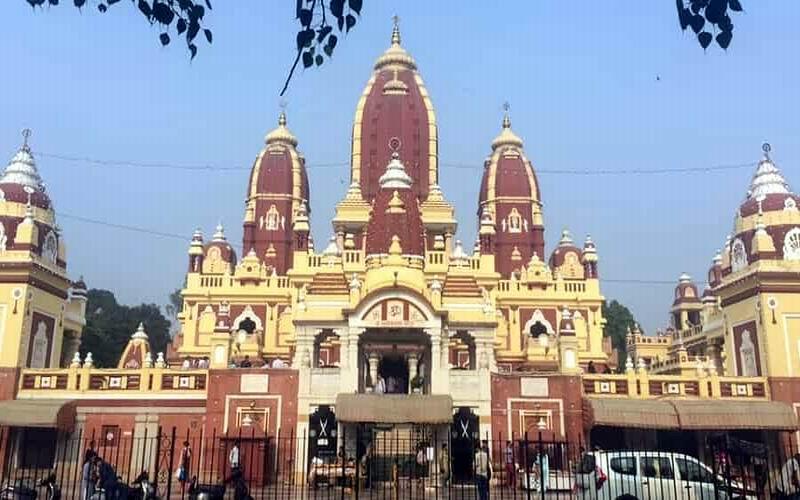Dedicated to Laxminarayan, a prominent deity that encompasses the divine energies of Lord Vishnu and his consort, Goddess Lakshmi, this temple stands as a testament to the rich spiritual heritage of India. Inaugurated by none other than the revered Mahatma Gandhi himself, the Laxminarayan Mandir holds a special place in the hearts of the Indian people.
With its construction dating back to the years between 1933 and 1939, this magnificent temple was brought to life under the visionary guidance of Jugal Kishore Birla. It was his belief that such a holy place should not only showcase the devotion to Vishnu but also embrace the diversity and inclusivity that India represents.
True to his vision, the Laxminarayan Mandir not only houses the main shrine dedicated to Laxminarayan but also features side temples dedicated to other revered deities such as Shiva, Krishna, and Buddha. This harmonious blend of religious sanctuaries within one complex further reflects the spirit of unity and coexistence that is deeply rooted in Indian culture.
As a testament to Mahatma Gandhi’s dedication to social equality and justice, he ensured that the Laxminarayan Mandir would be a place where individuals from all castes were welcome. This act of Gandhi’s further solidified the temple’s status as a symbol of progress and inclusivity, making it a significant landmark not only for religious purposes but also for its role in promoting social harmony.
In essence, the Laxminarayan Mandir stands tall as a beacon of cultural pride and religious devotion in the bustling city of New Delhi.


